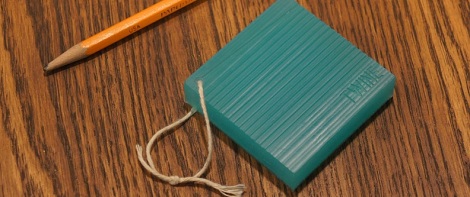We see projects here all the time that blend computing with the real world. Some people are naturally stronger on the mechanical end of things, whereas some are better with electronics or coding. All three specialities can be needed depending on your project. If your weakness lies in making a computer do your bidding, I might suggest that the Python language is a good one to learn.
I’ve been going through Learn Python the Hard Way, which is offered for free online, or you can pay for it if you so choose. I’ve published my thoughts on lessons 1-10 and 11-20 so far. As a mechanical engineer with limited (but not totally nonexistent) programming skills, it’s been an excellent experience so far.
If you’re wondering if Python is a good language to learn if you’d like to participate in [HAD] style projects, why not check out the following projects featured here:
- Light painting bar using Python to translate a picture into Arduino code.
- Writing Python Drivers for Input Devices such as a joystick.
- Splunk LED Meter external system data display.
Or just do a search of [HAD], and you’ll find many other projects for inspiration. If you’ve got a Python project to share, be sure to tell us about it in the comments!














